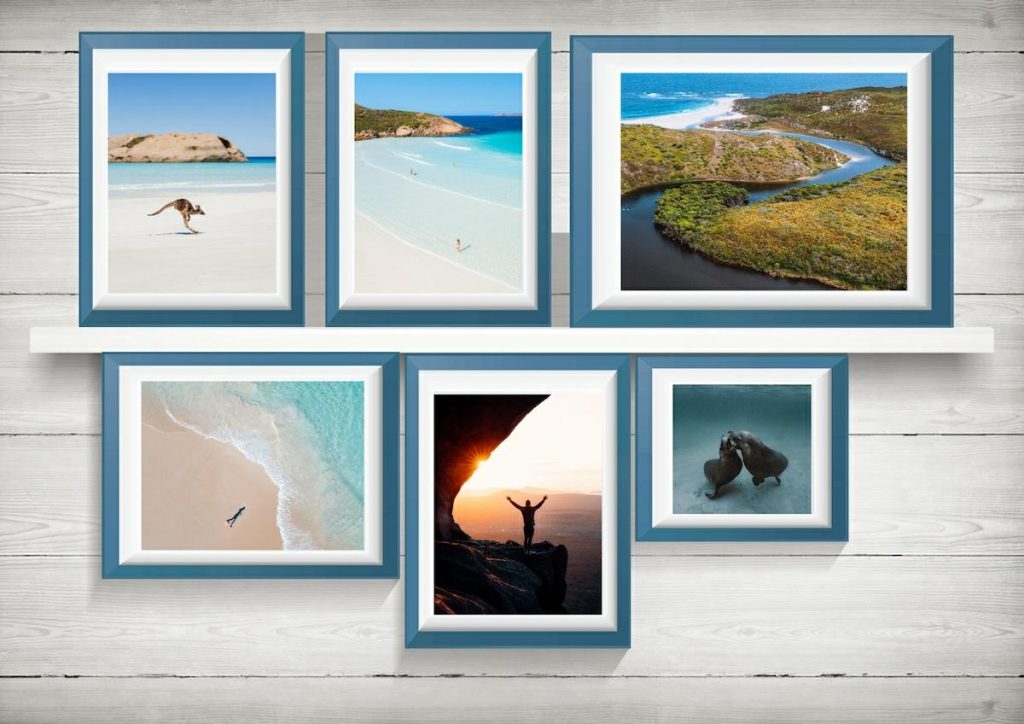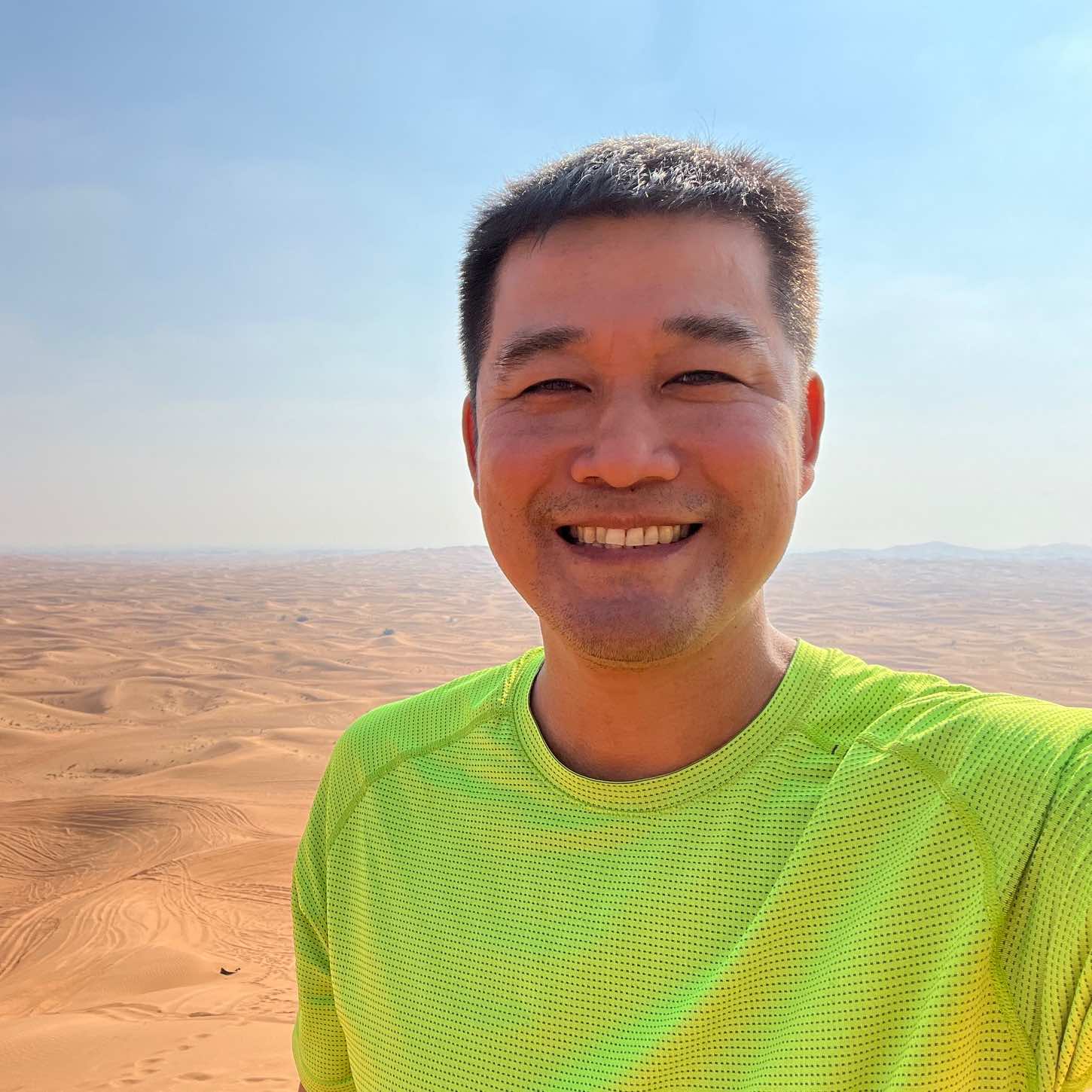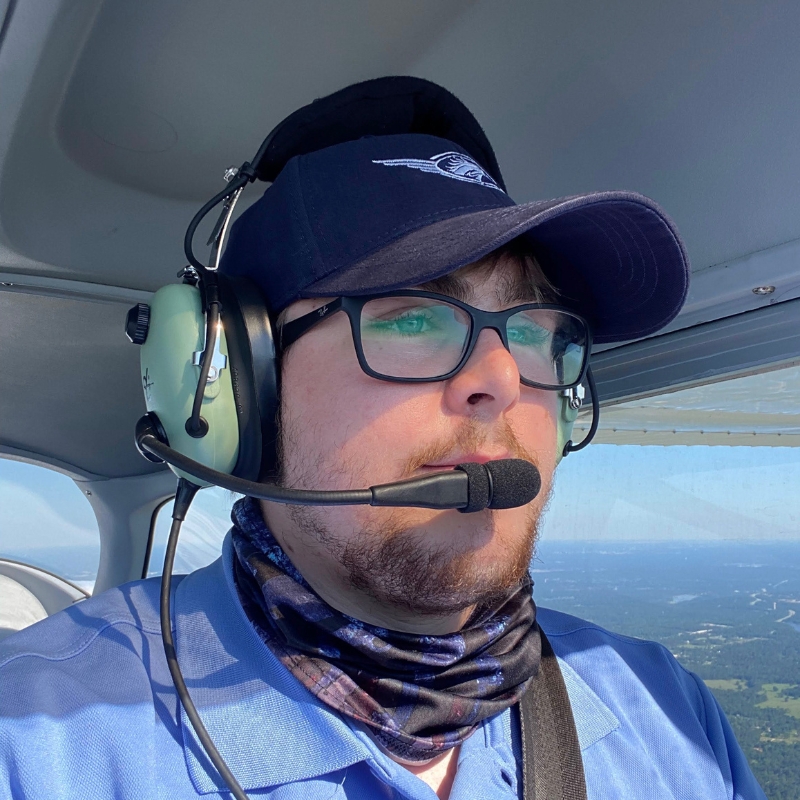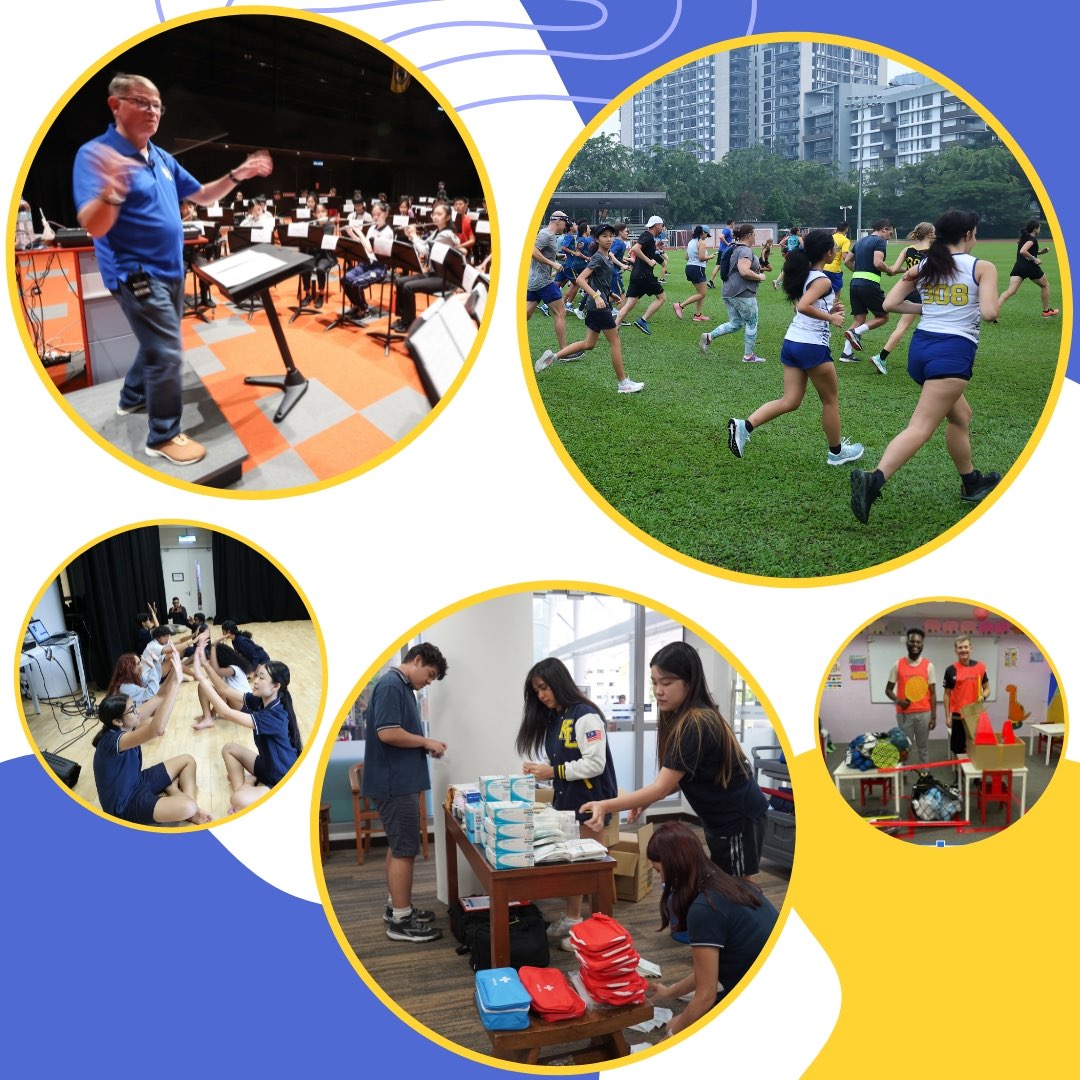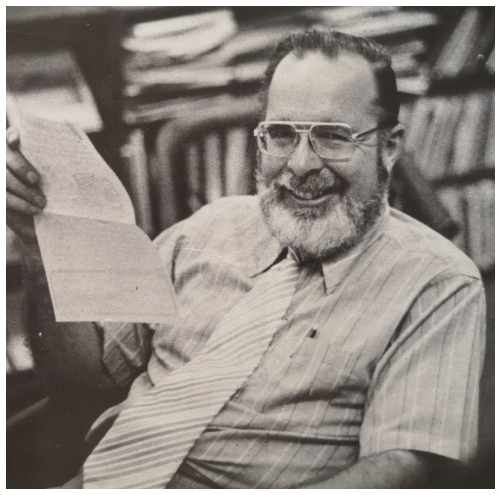Dylan Alcock ’12
“A bit of a long story” is how Dylan Alcock, Class of 2012, describes his family’s history during his childhood. Although originally South African, the family moved around every few years and lived in eight countries in all.
As a young child, Dylan experienced living in Malaysia for the first time and attended Mont Kiara International School, before moving to the east coast of Australia for four years and becoming Australian citizens in the process. The family returned to Malaysia in 2008 and Dylan joined ISKL in Grade 9. High School involved competing, and winning, in many IASAS sports, and exploring his growing passion for photography under the guidance of his “phenomenal teacher”, Paul Ubl.
After graduating, Dylan moved to the UK to study and his parents soon followed. However, they have since returned and Dylan notes, “They can’t get enough of the place!”
Now a commercial photographer based in Western Australia, Dylan is one of those fortunate people whose passions and career intersect, with his photographic assignments allowing him to explore some of the world’s most beautiful and remote places. He shared his memories, study and career history, and current philanthropic project with Lynette MacDonald, ISKL Director of Development and Alumni Engagement.
LM: Your photography is beautiful! When and where did your interest in photography begin?
DA: Thanks so much, I really appreciate it! I was always interested in a creative career, however the ideal path never really presented itself. My initial interest in photography started when I took an elective class at ISKL with Mr Paul Ubl. His stories about Ansel Adams and his time photographing the US where inspiring.
However, the real passion for the craft wasn’t clear until after I had graduated university and was working in digital marketing. My girlfriend and I booked a safari holiday to Zimbabwe, where I fell in love with the process of taking photographs of the animals in their natural environments. After that trip I was enamoured with the craft and watched every YouTube video, course and vlog out there on how to improve and turn the passion into something I could make a career out of.
LM: Tell us about those days in the darkroom…Have you always been interested in landscape photography?
DA: Paul Ubl was a phenomenal teacher and provided a learning environment where students could learn digital and film photography, something no other school was providing. The darkroom was amazing but complicated at the same time. There is no doubt that I was one of the worst students at developing film, often getting my friends to help me out with the process. But the process of going out and taking photos was so much fun, especially the field trips we would go on to shoot long exposures at night, or sunrise at the Ubud Markets.
Having travelled a lot throughout my childhood I was always drawn to the epic landscapes we were venturing through. As a result, the first things I began to photograph were landscapes and animals because they were the most accessible to me.
However, I quickly learned to love photographing people and how they interact with the environment.
LM: Were you involved in any IASAS competitions, other clubs or activities at ISKL?
DA: IASAS was certainly a big part of my high school life, and I’ll cherish the memories from those events forever. I was part of the football, tennis and softball IASAS teams, winning two gold medals, and two bronze medals in my time at ISKL.
Perhaps my fondest memory of IASAS was winning one of (if not) the first gold medal ISKL had ever won in tennis, when we were massive underdogs. I’ll always remember that because I was playing besides my brother in the doubles. Similarly, winning the football gold as a sophomore was memorable, but scoring a goal in the penalty shoot-out to secure third place a couple of years later on was perhaps even more memorable.

LM: Did you have favorite places to photograph in KL and Malaysia?
DA: The only photographs I’ve really taken of KL were from my high school days there, but I’d have to say Perhentian was a
memorable spot to photograph, and of course the towers. I’d love to revisit some of the islands there and get some aerial photographs as they are all so beautiful.
LM: You studied a BA (Marketing) then went on to a MSc – Business Management how has each of those informed and assisted your choice of work now? Why did you choose to study in the UK? Did you ever think you would work in a field other than photography?
DA: My BA in Marketing played a great role in how I interpret and understand consumer behaviour. In contrast, the MSc helped me understand how to setup, run and operate a business, something that I use almost every day. I’d like to say that I chose to go to university in the UK for the education, but the main reason I decided to go there was because my friends were going there, and my family would be following a year after I arrived there.
I certainly didn’t picture myself where I am now five years ago; I thought I would be at a marketing firm somewhere working as an account manager. But you never know what path life has planned for you, and I couldn’t be happier to have found a career in photography.
LM: You recently contributed to a bushfire relief campaign in Australia – why did you feel compelled to help?
DA: Every year bushfires devastate Australia causing irreversible damage to the local wildlife, fauna and homes. I donated one of my images to be sold to raise funds for the local bushfire relief fund. While the fires have finally left (for now), the damage will stay with the communities for a long time to come, donating an image to help out was the least I could do. Going forward I’m planning to partner with a wildlife relief organisation over here in Australia, so I can provide a large portion of every print sale I make to giving back.
LM: How reliant are you on technology (drones etc) for the type of commercial photography you do? What are the essentials in your camera pack?
DA: Technology is everything for how I personally operate as a business. I utilise weather apps every day to check conditions, before using the technology in my cameras to take photos, edit them with a computer, and then share them through an app. Technology supplements what I do at every step along the way. Although I would be able to do so with some of the older film cameras there is no comparison to the unique perspectives a drone can provide.
Furthermore, without technology I wouldn’t be able to share my world with as wide of an audience as I can through Instagram, YouTube and Tik Tok. Technology truly has allowed me to develop a career in Photography and share it with the rest of the world.
LM: What have been some of your favorite shoots? Do you also enjoy portraiture or other styles?
DA: Perhaps my favourite shoot was taking an open-door helicopter ride over the Esperance coastline and landing at Lake Hillier (Google it – it’s incredible) to provide a helicopter company with some imagery for their new service flying to the lake.
If you have ever seen photographs of Esperance, they don’t do it justice, it has the best beaches in the world.
Another memorable shoot was travelling to Rottnest Island while there was nobody there due to COVID. Having a remarkable island paradise to ourselves was a surreal experience and something I’ll never forget.
I love all styles of photography and dabble in wedding photography from time to time. But nothing quite compares to the thrill of travelling to get a specific photo.
LM: What sets a professional photographer’s work apart from the happy snaps the rest of us take (with the pretty nice lenses in our phones)?
DA: The more technology develops, the more the gear doesn’t matter as much. However, saying that, you will struggle to compete with a drone if all you have is your phone. Perhaps the most important thing that differentiates a professional from someone taking happy snaps is where their preparation meets knowledge and desire. For example, figuring out where and what time the sun will rise from in the morning, before planning a hike to the top of a mountain to catch it. That preparation mixed with the desire to wake up a couple hours before sunrise, and some knowledge on how to take the shot is what would set a professional shot apart from an amateur.
LM: How did your time as a TCK influence your choice of profession and also your creative style?
DA: Growing up as a third culture kid I was fortunate enough to travel a lot and experience different cultures firsthand. After getting back from those adventures I’d often remember moments along the way that made me feel a certain emotion. I’d say those experiences and the vivid memories have moulded my photographic style to where it is now. A friend described my style a while back as “finding moments of adventure in everyday life”, a quote I feel fits quite well with my images.
LM: What is your dream location/shoot?
DA: I’m pretty sure every photographer’s dream locations are Iceland and New Zealand, but aside from those two I would love to visit and photograph Tasmania or Kenya. Tasmania for the variety of landscapes and conditions, and Kenya for the abundance of wildlife.
